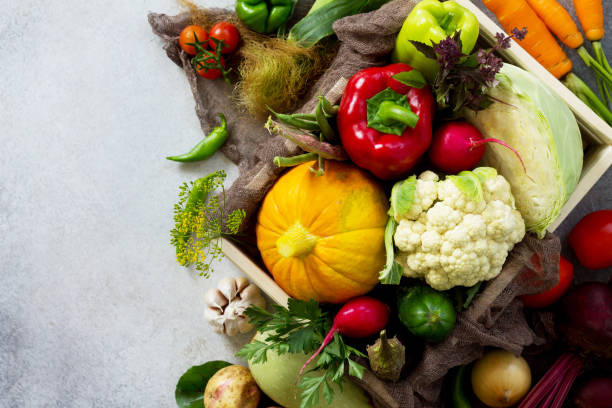Our Products

01.
Fruits
Fruits are the means by which flowering plants (also known as angiosperms) disseminate their seeds. Edible fruits in particular have long propagated using the movements of humans and animals in a symbiotic relationship that is the means for seed dispersal for the one group and nutrition for the other; in fact, humans and many animals have become dependent on fruits as a source of food. Consequently, fruits account for a substantial fraction of the world’s agricultural output, and some (such as the apple and the pomegranate) have acquired extensive cultural and symbolic meanings.

02.
Citrus Fruits

03.
Vegetable

03.
Greenhouse
A greenhouse is a structure which allows people to regulate climatic conditions, such as temperature and humidity. There are many different designs of greenhouses, however in general these buildings include large areas of transparent material to capture the light and heat of the sun. The three most common transparent materials used in the roof and walls of modern greenhouses are rigid plastics made of polycarbonate, plastic films made of polyethylene or glass panes.When the interior of a greenhouse is exposed to sunlight, the internal temperature rises and shelters the plants from cold weather.
